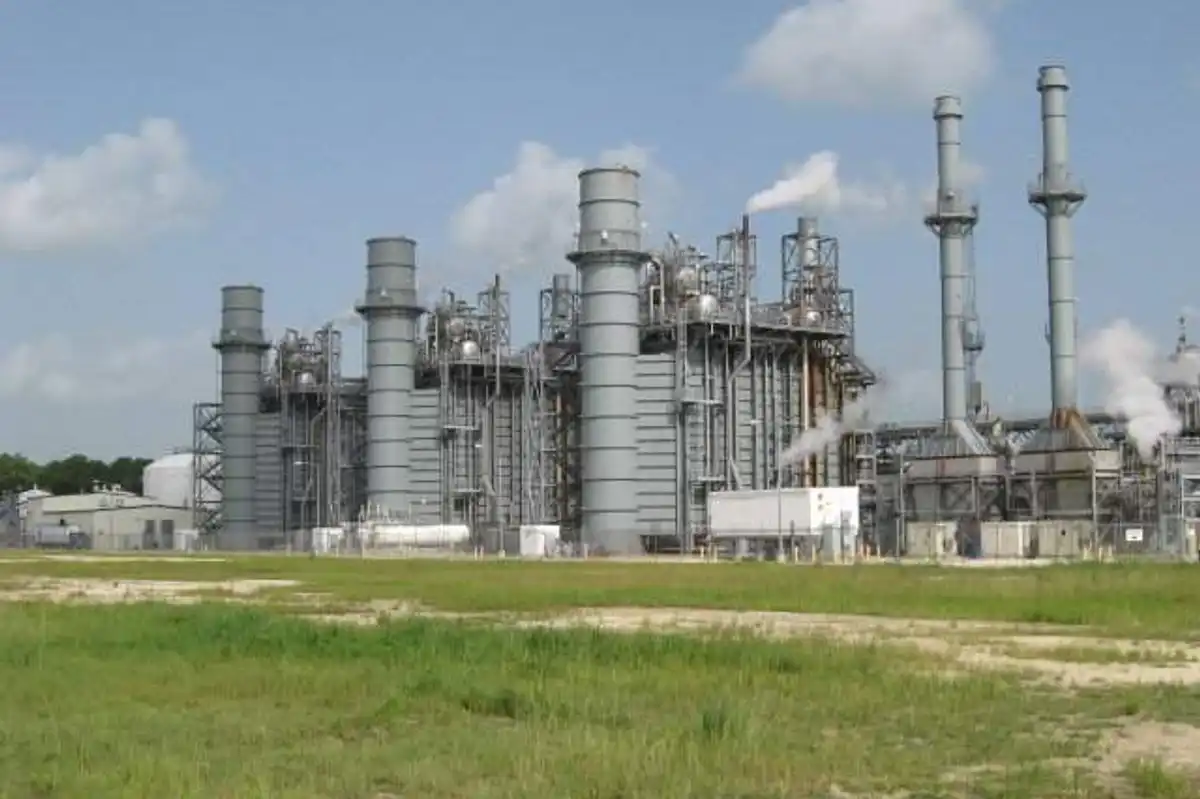It's not just United States athletes descending upon France this summer. A Houston-based law firm has announced the expansion of its energy team into the region.
Bracewell LLP has opened an office in Paris La Défense and named 11 energy and infrastructure lawyers from Norton Rose Fulbright to the new location, which will be focused on project development, M&A, and finance transactions in the energy and infrastructure sectors. The team will have an emphasis on renewable and conventional power, energy transition, oil and gas, and infrastructure in France — as well as Europe, the Middle East, and Africa, per a news release from the firm.
“We are thrilled to welcome our new colleagues to the firm and to open an office in Paris,” Bracewell Managing Partner Gregory M. Bopp says in the release. “The addition of this energy and infrastructure team, one of the largest and most highly regarded in Paris, builds on the strengths of our preeminent global energy platform and broadens our capabilities in France, Africa, and the broader EMEA region.”
Anne Lapierre, Arnaud Bélisaire and Simon Cudennec joined Bracewell as partners in Paris. Eight associates and counsel complete the team: Véronique Bruel, Marie Zelazko, Adnen Ben Naser, Sandra Hahn Duraffourg, Pierrick Ferrero, Diane Dusserre, Noémie Portut-Castel, and Carl Kalaani.
“The French team is a pure energy and infrastructure team, which mirrors who we are and what has been successful in London,” Jason Fox, managing partner of Bracewell’s London office, says in the release. “Where the London office has a strong focus on the oil and gas sector, the French team is more focused on renewables. That, combined with the addition of French law and OHADA capabilities, complements our platform and strengthens our renewables offering, notably in Francophone Africa.”
Lapierre previously served as head of Norton Rose Fulbright’s global energy practice, and Bélisaire co-led that firm's energy practice in Paris. Cudennec, also from Norton Rose Fulbright, specializes in projects within the energy, infrastructure and natural resources sectors in France and French-speaking Africa.
“Bracewell’s focus on sector excellence has made it one of the leading energy law firms in the world,” adds Lapierre. “Arnaud, Simon and I are thrilled to join an outstanding and dedicated global team that has broad capabilities and a sterling reputation across the entire energy spectrum.”











